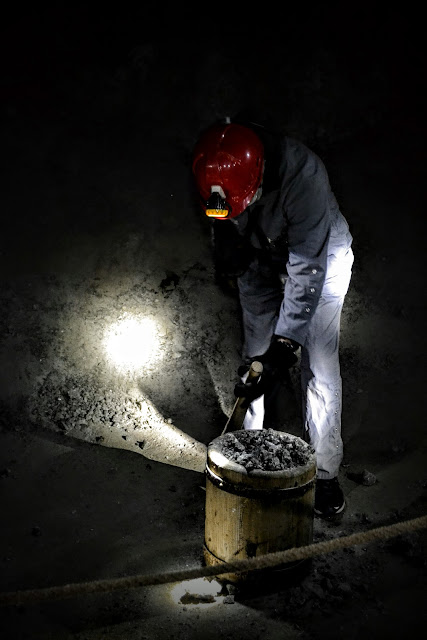Search This Blog
Best Travel Guide to Krakow, Poland
The best insider's self travel guide to Krakow, Poland. Explore the unexplored and don't follow the crowds.
Posts
Featured post
Latest posts
Active Kraków guide - 7 best outdoor countryside activities to do from Kraków
- Get link
- X
- Other Apps
Jurassic park Kraków - climbing, fishing, walking in the Polish Jura
- Get link
- X
- Other Apps
Day trip to Zakopane - 10 brilliant hints and tips
- Get link
- X
- Other Apps
Piłsudski Mound, Camaldolese Hermit Monastery and Vineyard Wine TastingTrek
- Get link
- X
- Other Apps
High Peak terror on Orla Perć Ridge, Zakopane!
- Get link
- X
- Other Apps
Attractions to amble around in the Old Town
- Get link
- X
- Other Apps
Zakopane cable car - how to arrange your own day trip from Kraków
- Get link
- X
- Other Apps
Country trek in Kraków? Walking trail right from the city centre
- Get link
- X
- Other Apps
Kazimierz - History and Bohemian Spirit
- Get link
- X
- Other Apps
Cold War, Socialist Realism, Nuclear Bunkers and Dystopian Art - Visit Nowa Huta!
- Get link
- X
- Other Apps
The Liban Quarry - History and Spielberg
- Get link
- X
- Other Apps
An alternative way to visit the Wieliczka Salt Mines
- Get link
- X
- Other Apps




















